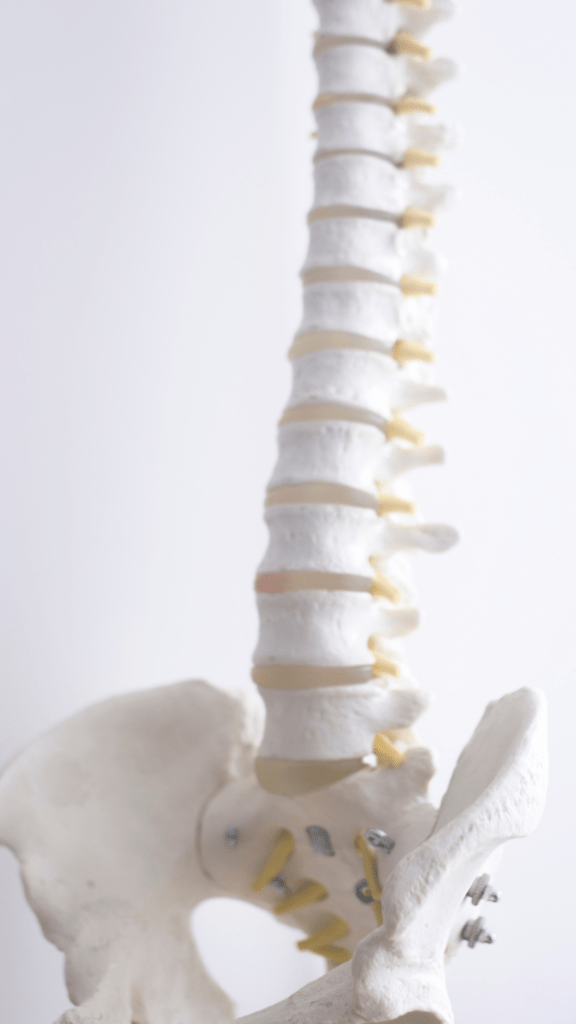If you’ve been dealing with chronic low back pain (LBP), you’ll be interested to know that the World Health Organisation (WHO) has recently published guidelines on how to manage long standing back pain. This is a significant development in the field of healthcare, and it can have a positive impact on your well-being. Let’s break down what these guidelines mean for you:

1. The Global Impact of Low Back Pain
- LBP is a widespread issue, affecting around 1 in 13 people globally.
- In 2020, approximately 619 million people experienced LBP, with this number expected to rise to 843 million by 2050.
2. What Is Chronic Primary Low Back Pain?
- Chronic primary LBP refers to pain lasting more than 3 months without an underlying disease.
- It accounts for the majority of chronic LBP cases in primary care.
3. WHO’s Recommendations
- The lates WHO guidelines recommend non-surgical interventions to best help chronic primary LBP, including:
- Educational programs for self-care strategies.
- Exercise programs, like rehabilitation.
- Certain physical therapies like spinal manipulative therapy and massage.
- Psychological therapies such as cognitive-behavioral therapy.
- Medicines like non-steroidal anti-inflammatory drugs.
4. Holistic Care
- The guidelines emphasise holistic, person-centered care, so being personalised and tailored to the individual.
- Treatment should consider physical, psychological, and social factors that affect your LBP.
- A combination of interventions may be needed for effective management.
5. Interventions to Avoid
- WHO identifies 14 interventions that are not recommended in most cases.
- These include lumbar braces, traction, and opioid painkillers due to potential harm.
6. The Impact on Quality of Life
- Chronic LBP can have a significant impact on your quality of life, impacting your ability to work and enjoy living life to the full. It can also increase your risk of developing other issues.
In summary, the WHO’s guidelines on managing chronic low back pain offer a ray of hope for those suffering with long-term back pain. They focus on non-surgical interventions, holistic care, and avoiding harmful treatments, aiming to enhance the quality of life for people like you, with chronic low back pain.
How does goPhysio use these guidelines?
It’s essential as a healthcare provider, for us to stay informed about these developments to ensure the best possible care for your low back pain.
Unfortunately, despite there being recommendations such as these for people with low back pain, the NHS does not have the resources to be able to deliver on what’s recommended. In contrast, at goPhysio we are able to:
- Spend time with our patients to ensure we really listen to concerns and worries and are able to tailor our treatment and recovery plan to ensure that we are centred on the individual.
- Use a full range of therapy skills such as manual therapy, which is a recommended treatment. Time constraints in the NHS now rarely allow for any manual or hands on therapy.
- Instead of giving a generic exercise sheet, we provide tailored exercises for you to do between appointments, that we go through with you, make sure you know how to do them and are sent video and image resources to help support you in doing them at home correctly.
- We also have a fantastic on site rehab gym, so can offer supervised exercise based rehab with one of our team.




